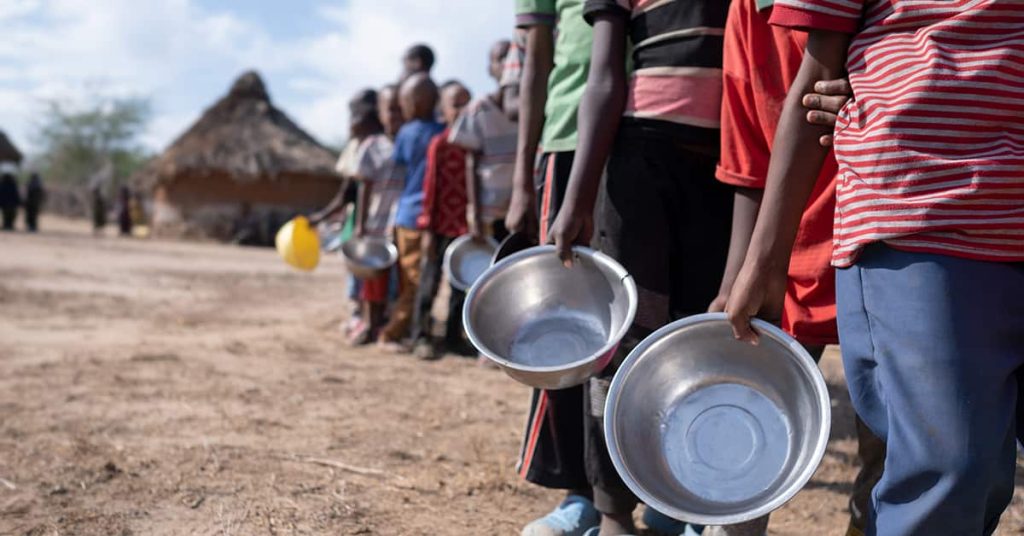
Namibia has been removed from the global hunger hotspot list, according to the latest Hunger Hotspots report issued by the Food and Agriculture Organization (FAO) and the World Food Programme (WFP).
The update, covering the period from June to October 2025, identifies 13 countries facing the most severe levels of acute food insecurity, down from 16 in the previous edition released in October 2024.
Namibia, along with Lesotho, Malawi, Mozambique, Zambia and Zimbabwe, has exited the list.
FAO and WFP attributed the improvement to favourable weather patterns.
“Regional clusters in East Africa (Ethiopia and Kenya) and Southern Africa (Lesotho, Malawi, Mozambique, Namibia, Zambia and Zimbabwe), as well as the Niger, are no longer classified as hotspots due to improvements in climatic conditions,” the report stated.
However, the agencies warned that the gains remain precarious.
“Although these countries are no longer considered hotspots for the outlook period, future climatic shifts could lead to their reclassification,” the FAO and WFP noted.
Namibia’s exclusion from the list marks a significant shift from projections made last year. In May 2024, WFP Namibia reported that an estimated 1.3 million people in the country were expected to face crisis-level hunger between October 2024 and March 2025.
Despite the current improvement, the FAO and WFP continue to stress the importance of sustained interventions and climate resilience to avoid a return to crisis levels.
The report also identifies Sudan, Palestine, South Sudan, Haiti and Mali as the countries of highest concern, where populations face famine, the risk of famine, or catastrophic levels of food insecurity, largely driven by conflict, economic shocks, and natural disasters













